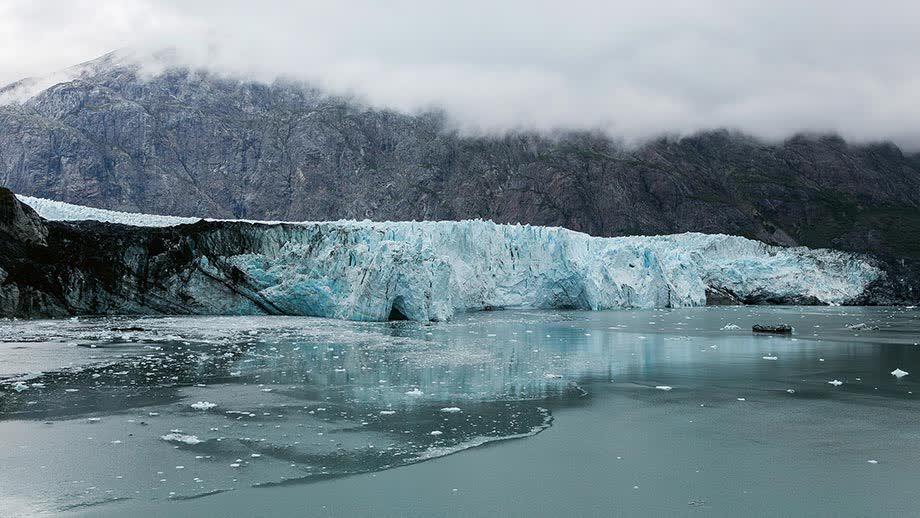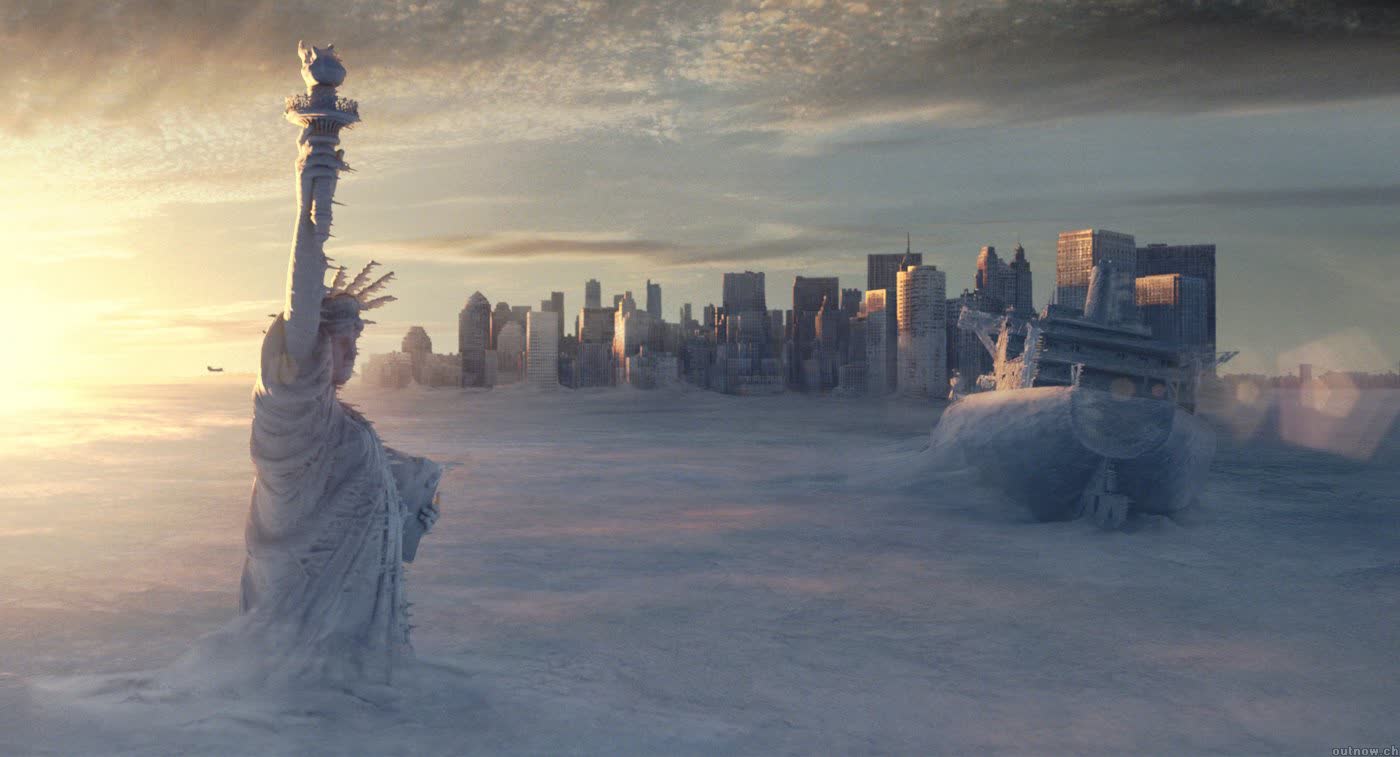Forward-looking: The collapsing of the Atlantic currents – an event fictionalized in the movie The Day After Tomorrow – could be a lot closer to happening than feared. A new study using complex computer simulations has found that the world is heading for a tipping point, which will be "bad news for the climate system and humanity."
Scientists have used computer models and previous data to develop an early warning indicator for the collapse of the Atlantic meridional overturning circulation (Amoc).
Amoc, which includes the Gulf Stream, is a system of surface-level and deep currents in the Atlantic Ocean characterized by a northward flow of warm, salty water in the upper layers of the Atlantic, and a southward flow of colder, deep waters. The currents, which carry heat, carbon, and nutrients, play vital roles in regulating the climate system.
But the nightmare prospect of Amoc collapsing is looming larger than ever. Previous research showed that the system is in its weakest state in more than a millennium, having declined 15% since 1950. The fears have been intensified by Greenland's glaciers and Arctic ice sheets melting faster than expected due to global warming, adding freshwater to the sea and obstructing the warm, salty water from the South from sinking, explains The Guardian.
This scenario made up the plot of 2004's The Day After Tomorrow, though the reality wouldn't see people being instantly frozen on the spot or ice chasing humans down corridors. But the consequences of Amoc collapsing would still be very, very bad.
Temperatures in northwestern Europe would rise by 9 to 27 degrees (5 to 15 degrees Celsius) over the decades, Artic ice would extend further south, and the Southern Hemisphere could get even hotter.
The new paper on the early warning signs of Amoc's tipping point, published in Science Advances, notes that the collapse would also cause sea levels in the Atlantic to rise by a meter (3.2 feet) in some regions. Wet and dry seasons in the Amazon would reverse, and there would be more erratic changes in global temperatures and weather conditions. All of which could lead to food and water shortages, among other issues.
"We are moving closer (to the collapse), but we're not sure how much closer," said study lead author Rene van Westen, a climate scientist and oceanographer at Utrecht University in the Netherlands. "We are heading towards a tipping point."
"What surprised us was the rate at which tipping occurs," van Westen added. "It will be devastating."
"This is bad news for the climate system and humanity as up till now one could think that Amoc tipping was only a theoretical concept and tipping would disappear as soon as the full climate system, with all its additional feedbacks, was considered," the paper said.
The big question is when the collapse will happen. Unfortunately, van Westen says there still isn't enough data to say when that might be. He said it's likely a century away, but it could still happen within the 30-year-old's lifetime.

